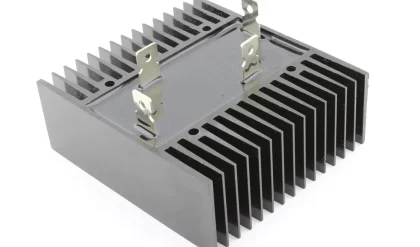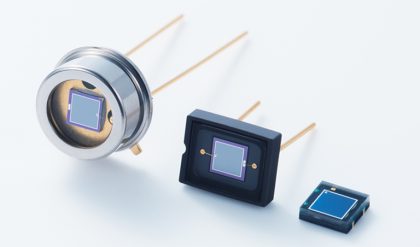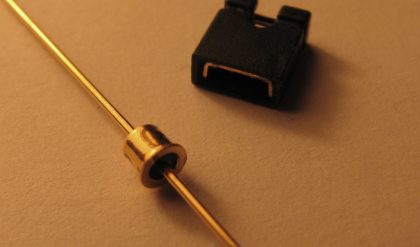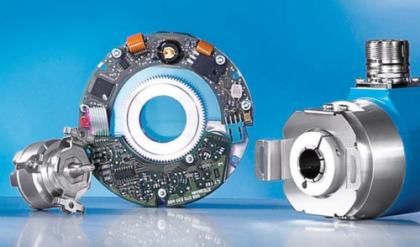Field-effect transistor amplifiers provide an excellent voltage gain with the added feature of a high input impedance. They are also considered low-power consumption configurations with good frequency range and minimal size and weight. Both JFET and depletion MOSFET devices can be used to design amplifiers having similar voltage gains. The depletion MOSFET circuit, however, has a much higher input impedance than a similar JFET configuration.
While a BJT device controls a large output (collector) current by means of a relatively small input (base) current, the FET device controls an output (drain) current by means of a small input (gate-voltage) voltage. In general, therefore, the BJT is a current-controlled device and the FET is a voltage-controlled device. In both cases, however, note that the output current is the controlled variable. Because of the high input characteristic of FETs, the ac equivalent model is somewhat simpler than that employed for BJTs. While the BJT had an amplification factor (beta), the FET has a transconductance factor, gm. The FET can be used as a linear amplifier or as a digital device in logic circuits. In fact, the enhancement MOSFET is quite popular in digital circuitry, especially in CMOS circuits that require very low power consumption. FET devices are also widely used in high-frequency applications and in buffering (interfacing) applications. Table 9.1, located at the end of the chapter, provides a summary of FET small-signal amplifier circuits and related formulas.
While the common-source configuration is the most popular providing an inverted, amplified signal, one also finds common-drain (source-follower) circuits providing unity gain with no inversion and common-gate circuits providing gain with no inversion. As with BJT amplifiers, the important circuit features described in this chapter include voltage gain, input impedance, and output impedance. Due to the very high input impedance, the input current is generally assumed to be 0 A and the current gain is an undefined quantity. While the voltage gain of an FET amplifier is generally less than that obtained using a BJT amplifier, the FET amplifier provides a much higher input impedance than that of a BJT configuration. Output impedance values are comparable for both BJT and FET circuits.
FET ac amplifier networks can also be analyzed using computer software. Using PSpice, one can perform a dc analysis to obtain the circuit bias conditions and an ac analysis to determine the small-signal voltage gain. Using PSpice transistor models, one can analyze the circuit using specific transistor models. On the other hand, one can develop a program using a language such as BASIC that can perform both the dc and ac analyses and provide the results in a very special format.





